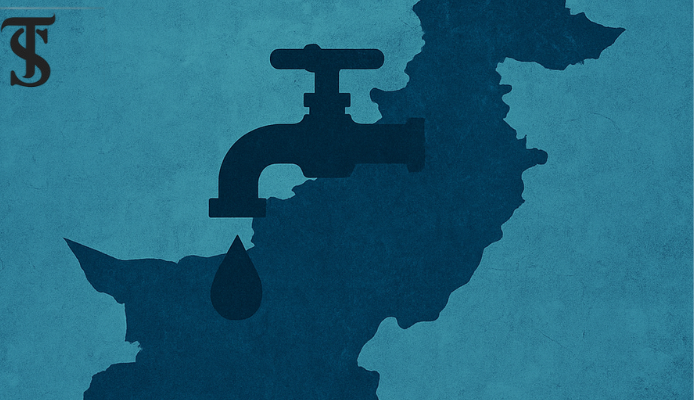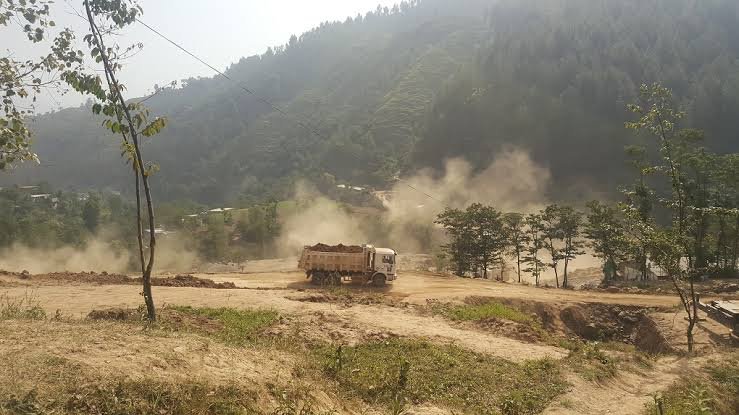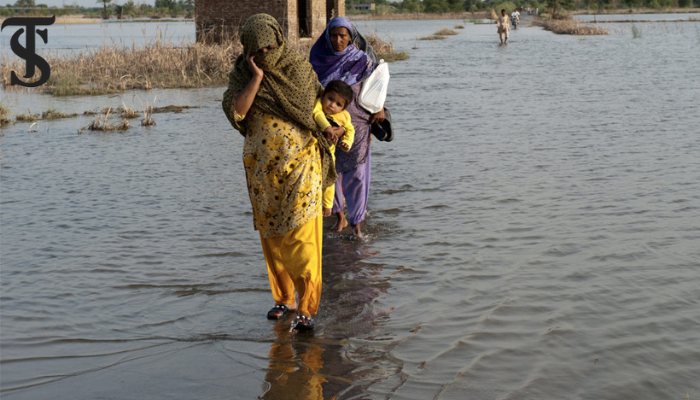Pakistan and Its Vulnerability to Disasters

Pakistan is among the world’s most climate-vulnerable countries, ranked fifth in the Global Vulnerability Assessment Report. The recently released 2025 Climate Risk Index (CRI) by Germanwatch highlights that over 33 million people were affected by the 2022 floods, and 1,700 lost their lives. Monsoon rainfall increased by 50% compared to long-term averages, and roughly 8 million people were displaced. Heatwaves from March to May triggered Glacial Lake Outburst Floods (GLOFs) in the northern regions, followed by prolonged, intense monsoon rains—243% above normal—making August 2022 the wettest month on record.
Yet 2022’s devastation represents just one extreme event in a country frequently beset by floods, with Khyber Pakhtunkhwa and Balochistan hardest hit. Pakistan’s diverse geography—mountains, plains, coastlines, and arid zones—offers many benefits but also heightens its exposure to a variety of natural hazards. Climate change has intensified both the frequency and severity of these disasters, demanding far stronger mitigation measures and preparedness.
Major calamities in recent decades include the 2005 Kashmir earthquake, which claimed around 73,000 lives; the 2010 floods, which affected some 20 million people; and the 2022 floods, which impacted 33 million and caused multi-billion-dollar losses, according to the World Bank.
In response, Pakistan established the National Disaster Management Authority (NDMA) under the National Disaster Management Act 2010, with Provincial Disaster Management Authorities (PDMAs) and District Disaster Management Authorities (DDMAs) forming a coordinated national–provincial–district system. These bodies implement national disaster-risk-reduction strategies to prepare for, respond to, and mitigate disasters. The Ministry of Climate Change (MoCC) also collaborates with NDMA on policies such as the Pakistan Climate Change Policy 2021 and the National Adaptation Plan.
However, institutional frameworks alone are insufficient. Chronic underfunding, poor inter-agency coordination, politicized aid distribution, and delayed responses undermine effectiveness. Public complacency further hampers evacuation efforts, as residents remain in known flood-prone areas and build homes on vulnerable riverbanks—violating zoning regulations that authorities often fail to enforce.
Recent events in Swat and rising water levels in Balochistan signal that the next monsoon could bring renewed flooding risks. A glacier near Attabad Lake recently collapsed, releasing a surge of water into downstream rivers just as seasonal rains intensify.
Multiple Sustainable Development Goals (SDGs) address the human needs disrupted by disasters. SDG 13 (Climate Action) calls for urgent adaptation, while SDGs on poverty reduction, health, education, and clean water aim to safeguard basic services during crises. Disasters destroy schools, hospitals, roads, and homes; trigger food insecurity and disease outbreaks; and push vulnerable families deeper into poverty. Unplanned urban growth, weak governance, and implementation gaps only compound these impacts.
To break this cycle, Pakistan must shift from reactive relief to proactive, community-based disaster-risk reduction (DRR), leveraging local knowledge and resources. Integrating green-school initiatives can foster environmental stewardship among students. Above all, stronger enforcement of zoning laws and disaster policies is essential to build resilience.
The writer is a student of Social Sciences and Public Policy.





